Being a certified museum junkie, I knew that I would eventually have to visit our local World War II museum commemorating the former Camp Gordon Johnston, and I picked a brilliantly sunny day to do so. The camp was one of the largest training facilities in Florida, covering over 165,000 acres and serving as home to 10,000 troops at a time. This created a relatively massive influx of people to a county that had only 6,000 residents in 1940, and was a significant event in local history.
The primary purpose of the camp was training for amphibious operations, and the 20-mile stretch of beach from Carrabelle to Alligator Point was large enough for an entire division to practice landing at once. Offshore islands like Dog Island and St. George Island were perfect destinations for training trips in the amphibious vehicles that would land on the shores of Europe and Pacific islands. The camp also included acres and acres of upland areas where soldiers trained in commando crawling, traveling across unmarked terrain carrying packs, and bivouacking outside. But wait, there’s more! There were also plywood mock-ups of European villages where soldiers learned urban warfare techniques. All this was made even more exhilarating by the presence of live fire – quite the incentive to keep your head down. It’s hard to imagine that our serene and lightly-visited local beaches were the scene of such a tremendous flurry of activity 75 years ago.
Our beaches might not look much like Normandy or Sicily, but our tropical climate was definitely a good preparation for troops that participated in the island hopping of the Pacific Theater.
Camp Gordon Johnston World War II Museum
The museum is small but detailed, and packed to the brim with artifacts and explanatory signs. Like a lot of World War II sites, the camp was created very hastily, and the main facilities were stood up in just 60 days. Sure, the living quarters were tar paper shacks with sand floors, but what do you expect from a 60 day build? The camp also included a full scale field hospital that was used as a training facility for groups of doctors and nurses who were deployed abroad after finishing their stints at Camp Gordon Johnston. The quality of the medical care was a big step up from the existing local resources, so residents used Camp Gordon Johnston much as they would a local clinic or hospital. Like other military encampments, the camp included recreational venues like a dance hall, an outdoor movie theater, and athletic fields, and of course locals participated in these social and recreational activities. The sudden appearance of the camp must have dramatically changed the flavor of life in this area for the few brief years it was operating.
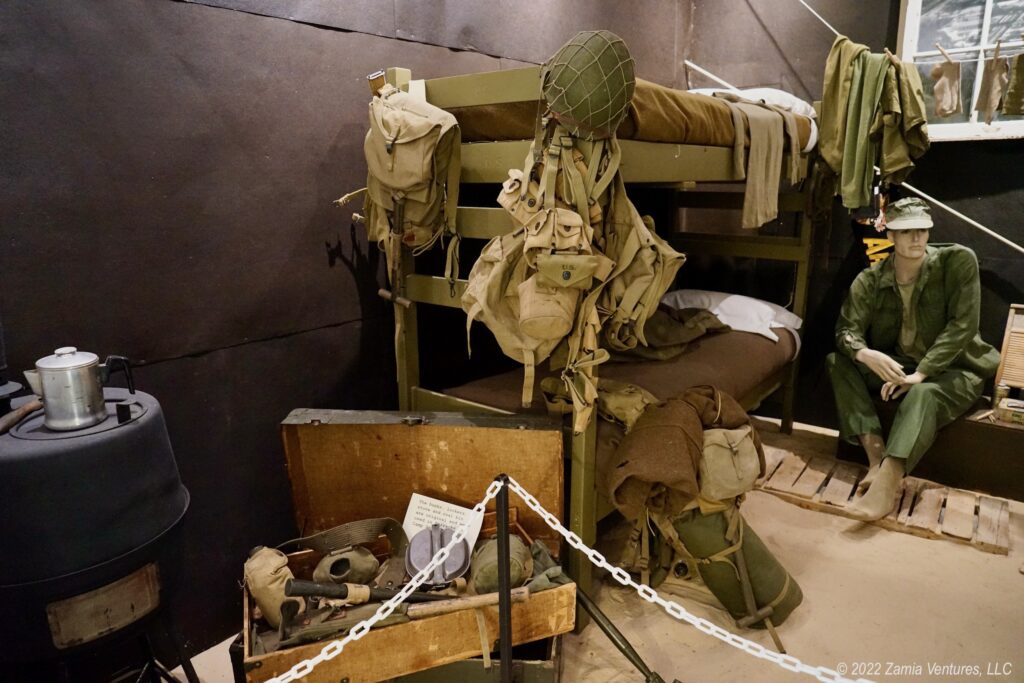
This was particularly true because the camp was home to a very unusual mixture of people. The amphibious units that trained here were often filled with men from northern industrial cities who had relevant experience as shipbuilders, welders, and mechanics. Quite a few segregated units trained at this camp, and the museum signage does a good job of describing the unequal conditions and unequal assignments black soldiers faced. There were also several hundred German prisoners of war, who were put to work running the camp’s kitchen and bakery, and harvesting local timber for use in the war effort.
I’ve always been impressed by the sheer scale of the mobilization for World War II. Huge sites like Camp Gordon Johnston were built virtually overnight, showing a great command of logistics. Engineering breakthroughs were common as new weapons were developed at great speed to meet the challenges of the war. And the focus on the war effort happened at every level of society, from converting major manufacturing facilities into war material production to encouraging households to scrimp on supplies and plant victory gardens to ensure there was enough shelf-stable food to send overseas. This museum really highlighted the complex facility that was operated in this area, but also included lots of artifacts of daily life experiences like rationing. Camp Gordon Johnson also continued the trend of creating wartime facilities in remote, unexpected spots.
Keeping it on the Down-Low
For reasons of security and secrecy, many WWII installations were located in out-of-the-way places. Also, if you’re going to be putting live ammunition in the hands of raw recruits, it’s probably best to do it away from crowds. What’s interesting to me is how many of these places are now anything but remote. Jonathan Dickinson State Park in busy Jupiter, Florida was once a primary WWII radar training facility for the Army Signal Corps. The uranium enrichment facilities for the Manhattan Project were built in what became Oak Ridge, Tennessee to take advantage of the natural cover provided by the virtually uninhabited ridges and hollers of East Tennessee, but now it’s a thriving town of 30,000 people.
At least some of the change in circumstances of these spots is due to sheer demographics. The US population has grown from 132 million in 1940 to 331 million in 2020. All those extra people occupy more land. At the same time, changes in technology (hello, air conditioning!) have made places like South Florida a more appealing place for people to live.
On the other hand, the ultra-secret Los Alamos campus of the Manhattan Project is still pretty isolated, especially since it is surrounded by federally protected lands and reservation lands. Readers of this blog know that our area is known as Florida’s Forgotten Coast, and it is one of the least developed coastal areas of the state. In fact, our population now, nearly a century later, is just about equal to the greatest number of people that were here when Camp Gordon Johnston was at its busiest. To help guests picture how this quiet place could have been a swarm of activity, the museum provides a handy scale model:
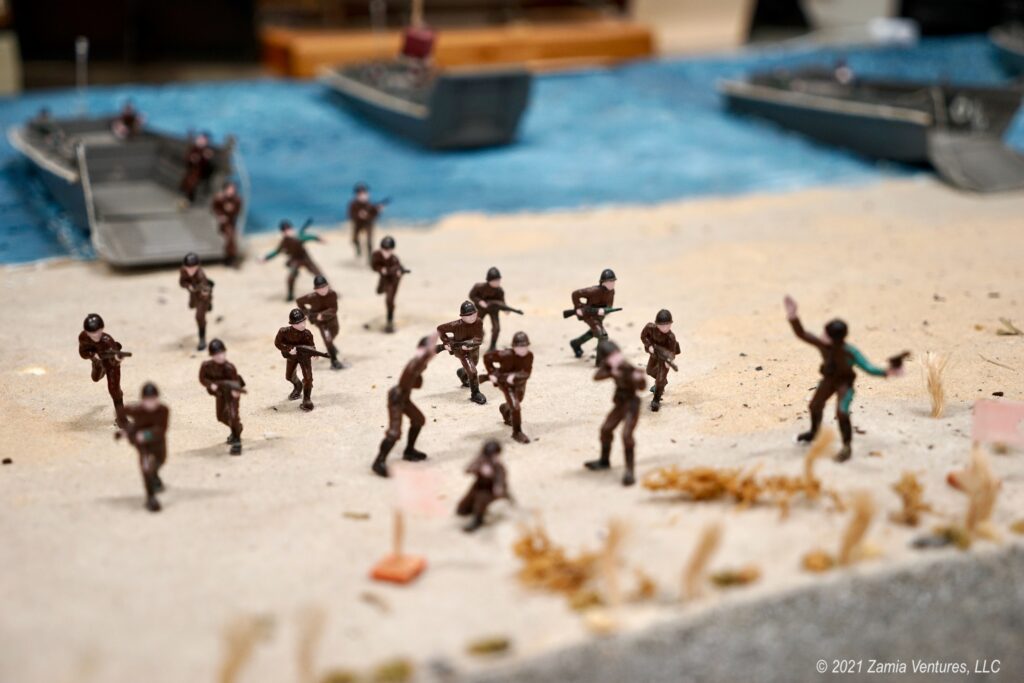
Learning New Things
Like most military museums we have visited, the Camp Gordon Johnson World War II Museum is absolutely packed to the brim with artifacts and explanatory signs. Luckily it wasn’t an aircraft carrier, so my visit only took a few hours. Even so, my brain was very full after touring through the fairly small museum. I’m always happy when a random museum has unexpectedly fascinating information, so this visit was a victory for me. Just some of the new things I learned:
- Those weird amphibious tour truck-boats that operate in many harbor towns are leftover DUKWs, an amphibious vehicle first developed for beach landings in World War II. Camp Gordon Johnston was an important proving ground for these experimental vehicles, and the one pictured at the top of the post sports its original GI colors and protected cabin.
- The plans for the D-Day invasion were typed! On paper! Using typewriters! I mean, just a brief moment of thinking about the technology available in 1944 will make this completely obvious in retrospect, but somehow I didn’t expect that the fabled activities of Operation Overlord (or Operation Neptune, the naval component) would be contained in looseleaf binders.
- I also didn’t expect, but was touched to see, a paper copy of an encouraging note to the troops written by Gen. Eisenhower for distribution in the days leading up to D-Day. It’s pretty stirring, saying in part: “The hopes and prayers of liberty-loving people everywhere march with you.” Winning a war involves plenty of logistics, but also requires paying attention to morale.
- Which brings me to the ingenious invention of V-mail (short for “Victory mail”), a process used by the armed forces to reduce the burden of transporting large volumes of mail across oceans. As I learned at this museum, friends and family on the home front were encouraged to write messages on standardized sheets of paper, which were then microfilmed for transportation in small film canisters. Correspondence was printed out at the destination and delivered, resulting in reliable mail transmission with a small fraction of the shipping volume. Brilliant!
- Last but not least, I learned from materials displayed at the museum that after the war Florida civic leaders actively recruited new residents, apparently relying on the wartime training experience of warm weather to encourage veterans to consider moving to the Sunshine State permanently. The fact that Camp Gordon Johnston was described by trainees as “Hell by the Sea,” infested with mosquitoes, sand fleas, flies, and chiggers, probably explains why few veterans moved back to this particular part of the state.
Like most military museums we’ve visited, the Camp Gordon Johnston Museum also includes a large and seemingly random assortment of things like uniforms, Japanese weapons and currency, unexploded ordinance found on local beaches, postcards, and a display about Navajo code-talkers. But I suppose the eclectic list of the things I found particularly intriguing illustrates a broader point: you can never really tell what will spark someone’s interest, so you might as well display a wide array of artifacts. Plus, this museum has a charming origin story: its collection was started largely using items donated by veterans of Camp Gordon Johnston who began gathering for an annual reunion in the area in the mid-1990s. Considering how quickly the first-person history of World War II is disappearing, it’s great that this little museum collects so many artifacts related to an important chapter in local history.
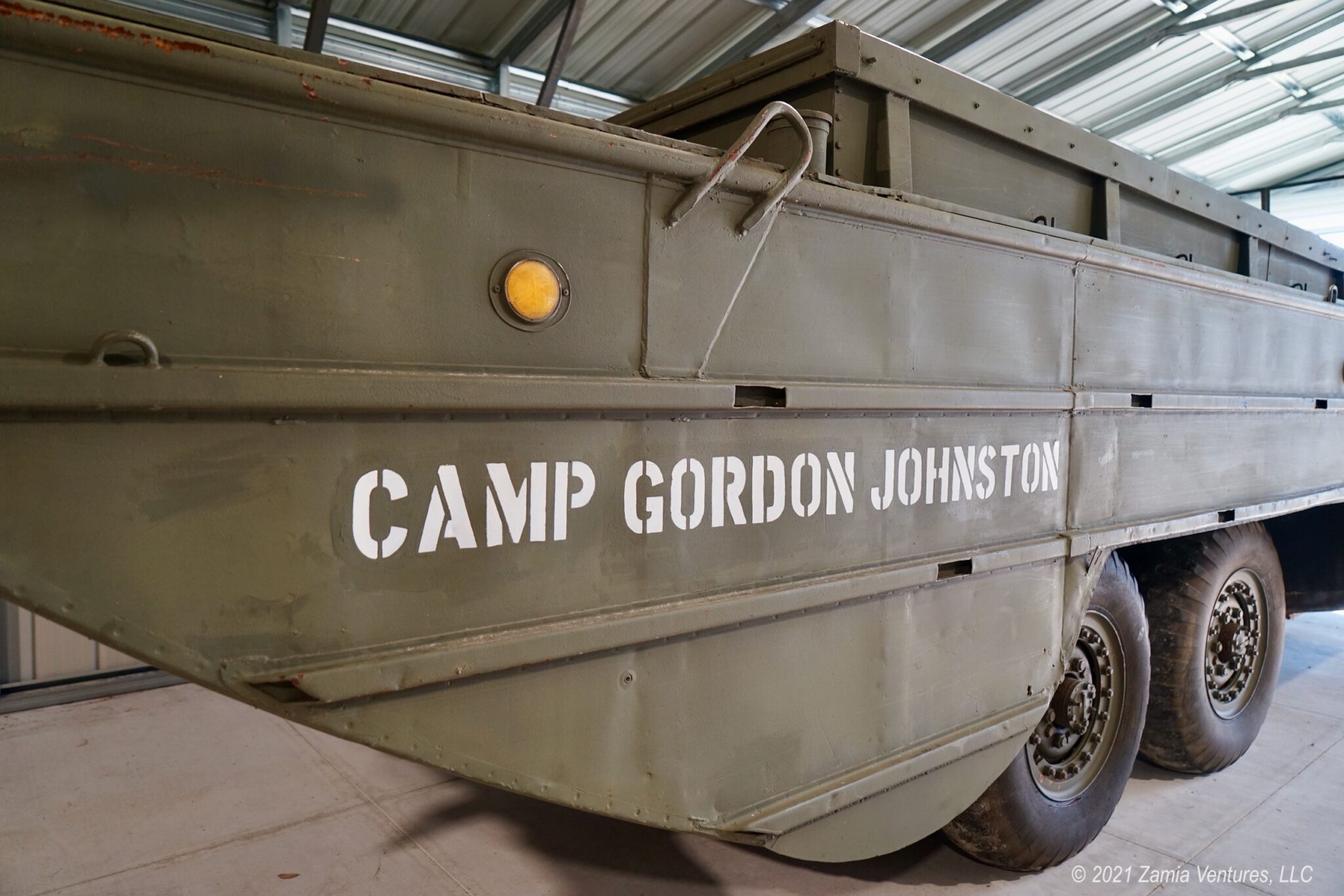
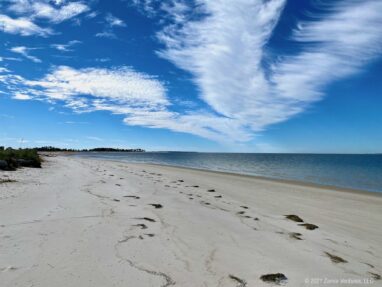
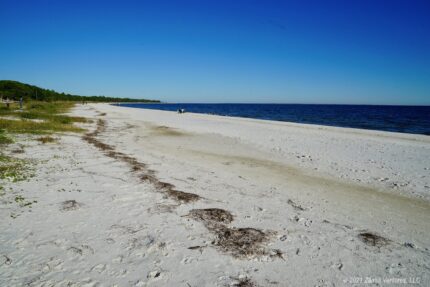
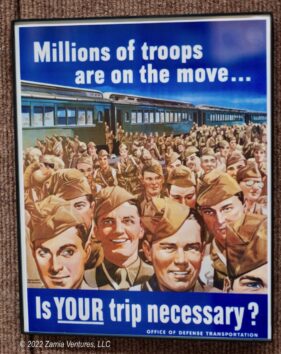
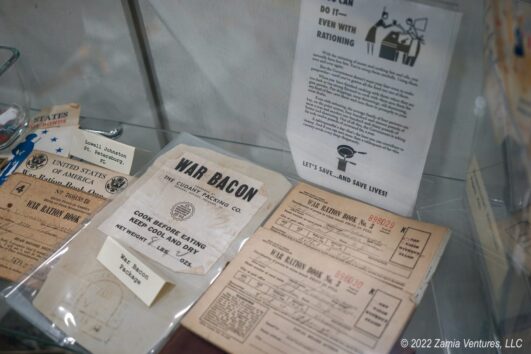
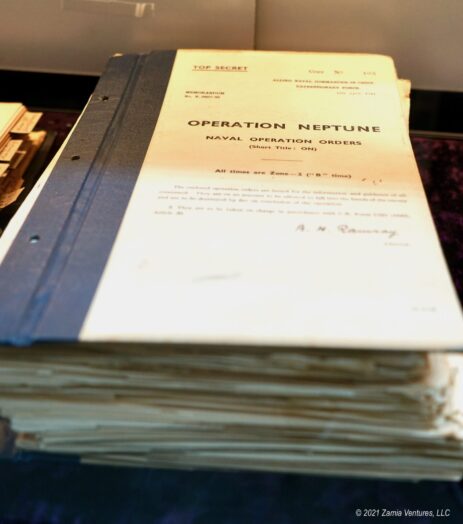
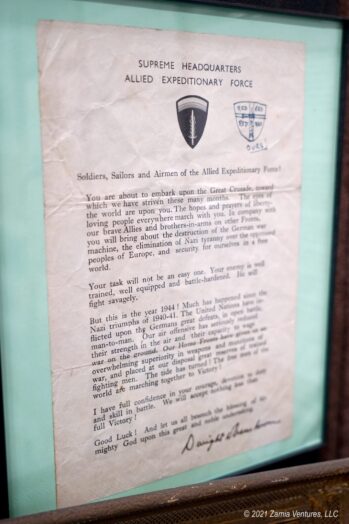
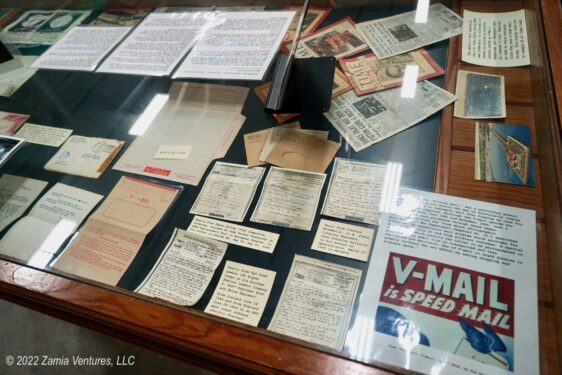
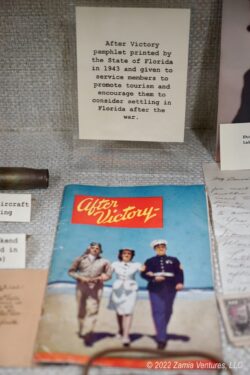
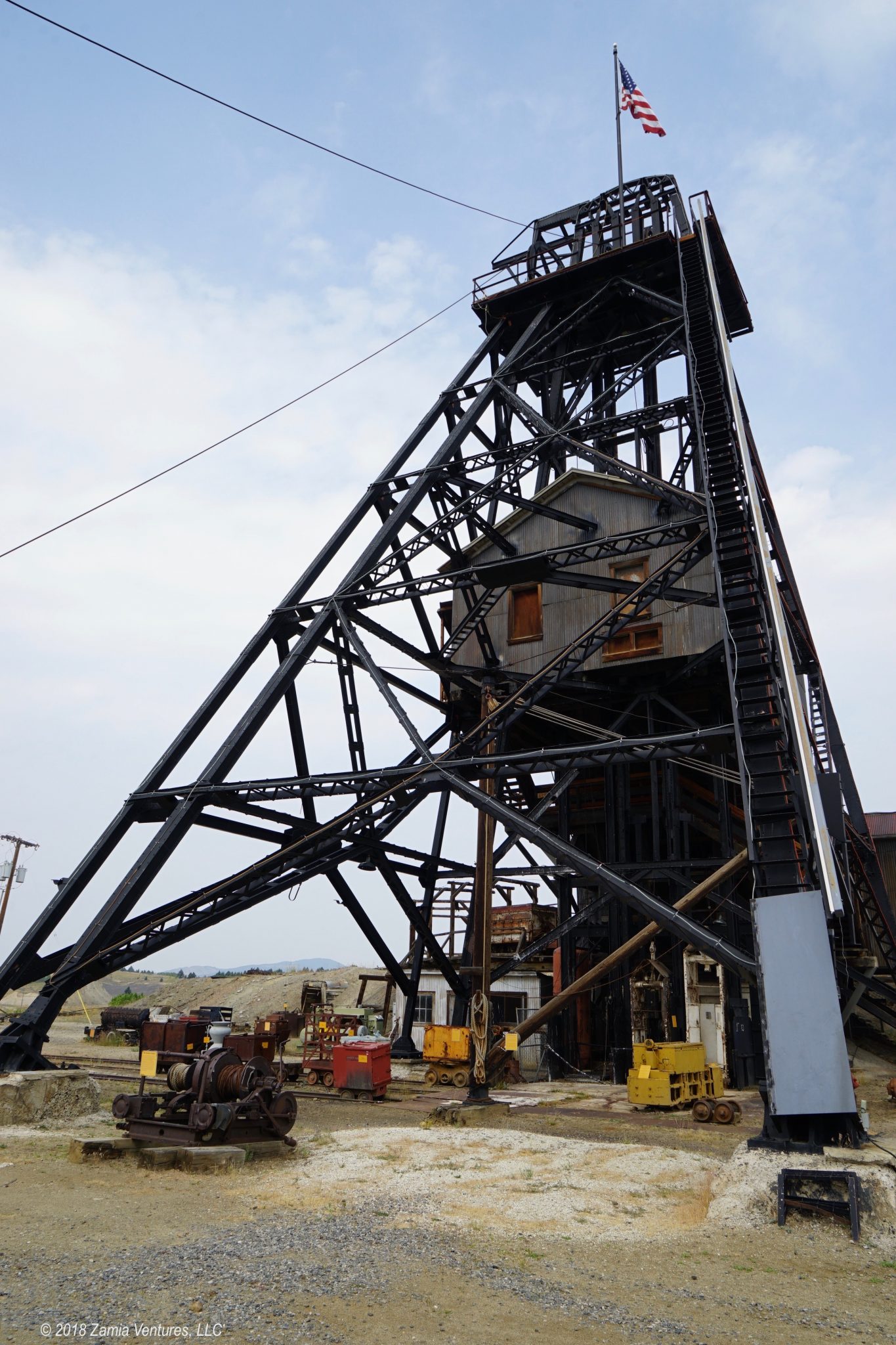
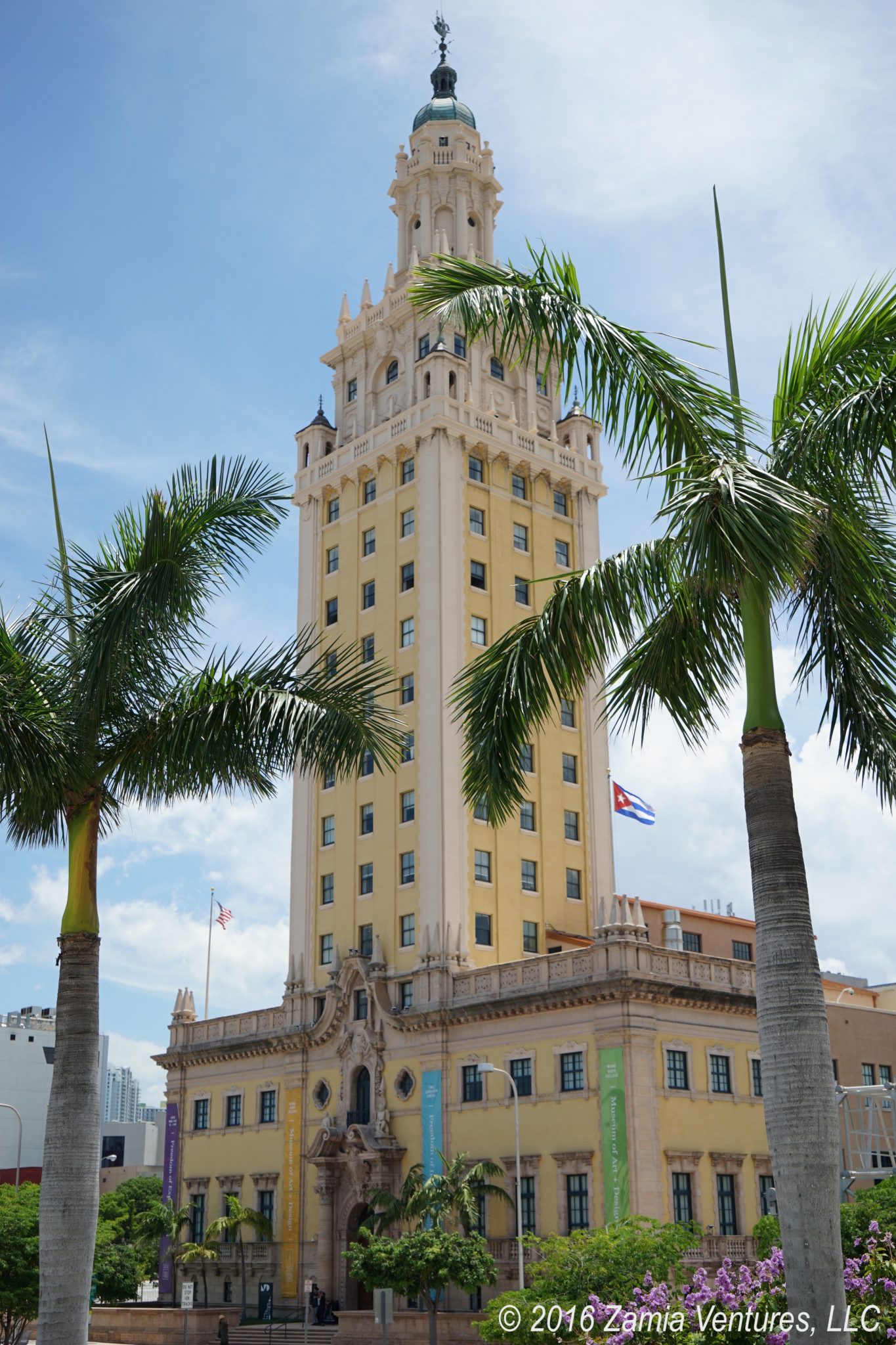
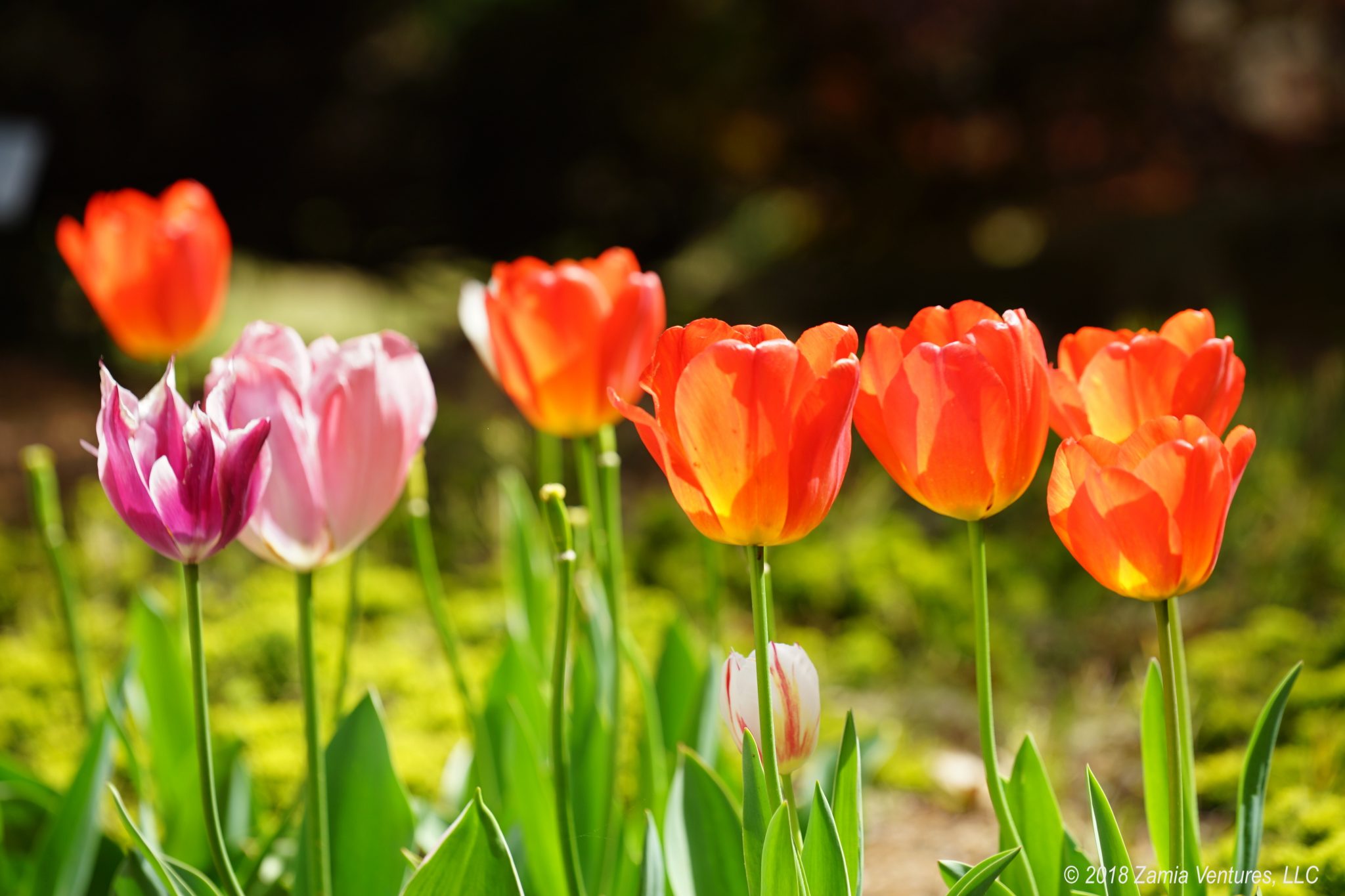
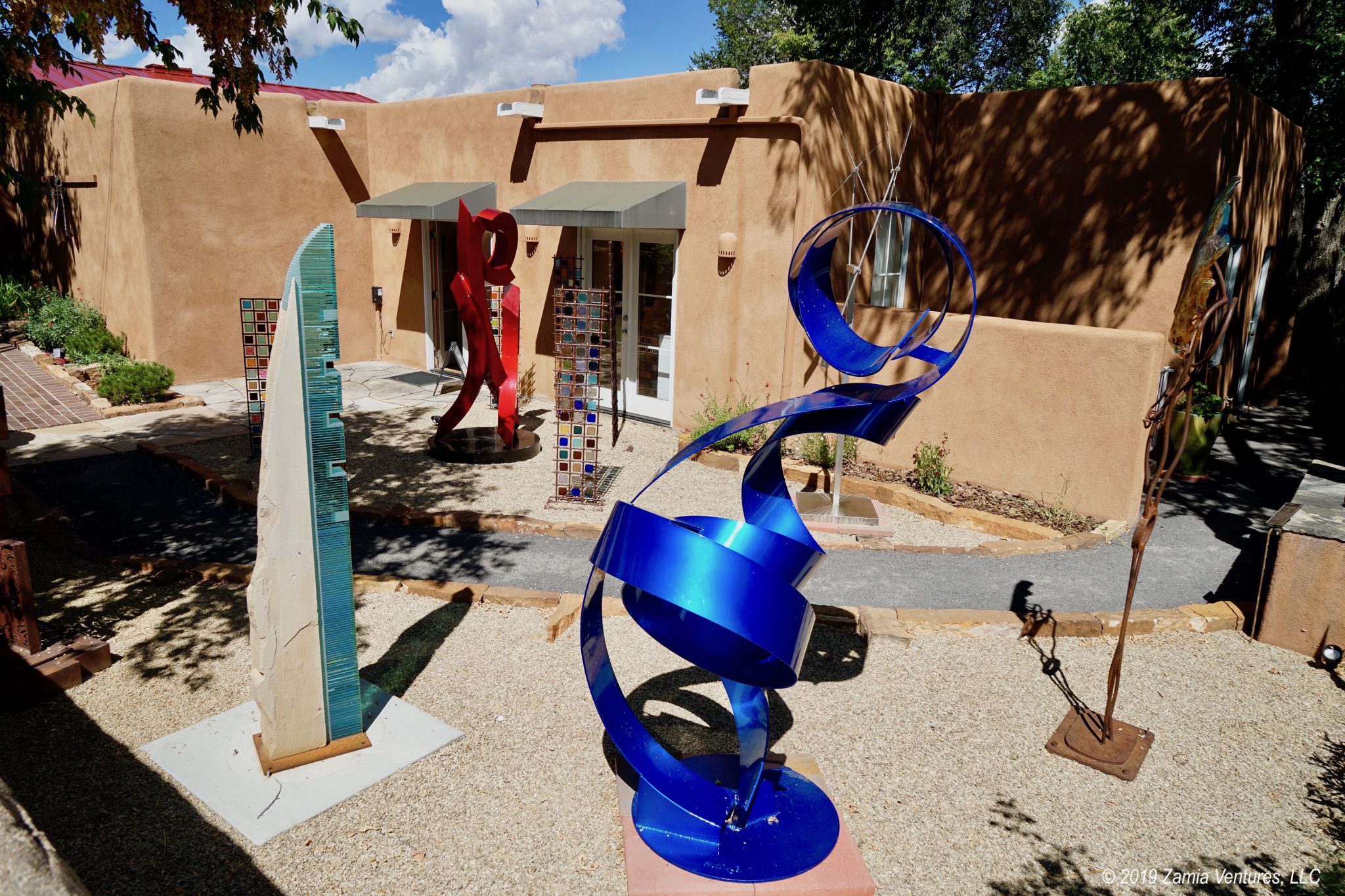
I totally agree on your last comment. Some of the most interesting things I have seen in various museums have been seemingly random objects that, perhaps, a curator might skip over. But it’s the day to day stuff that is always so interesting to me. I remember visiting the George HW Bush Presidential library several years ago and one of the most interesting displays was of his handwritten letters to his parents back home while he was at war. More interesting than the gifts he received as president or his oval office set-up or any of that. It was letters a 19 year old kid, who had no idea he would one day be President, just talking about daily life and asking how the family was. I love that kind of stuff.
Anyway, this museum sounds like a great find and well worth some exploration.
I’m glad I’m not the only one who delights in seemingly trivial things! My favorite part of international travel is always going to local grocery stores to see how they differ from those at home. Because it has basically no budget for acquisitions, this museum leans heavily on a collection of daily life items, and it works nicely. It’s always great when a museum surpasses expectations!
You are an outstanding museum docent! I’ve been wanting to go to this museum but I had no idea how interesting it is. I hope I can convince you to go with me, because I know it would be better with you. 🙂 We’ve been to the WWII Museum in New Orleans, which was fabulous and consumed two days of our lives. But it’s the little museums like this that really capture me…artifacts donated by local people who have lived through the experience (or at this point, have ancestors who lived through the experience). I remember my dad telling me about the Nazi submarines coming close to Apalachicola.
Apparently the summer months made the veterans miserable enough that they had no interest in relocating to the Forgotten Coast. “Hell by the Sea,” LOL!! Selfishly, I’m glad hot as hell and miserable summers have kept hordes of people away from our little slice of paradise!
This place is tiny but packed with stuff, including a lot of local oral history like a story from a woman who had her 7th birthday cake made by German POWs working in the camp bakery. It only takes a few hours but I think you would enjoy it. Let’s make a date! Plus we can get take out BBQ next door. 🙂
How cool for you to have a place like that to explore in your own backyard! What strikes me most about war history happens when we’re hiking in areas where battles occurred. Since all of what most of us know about war is learned second-hand, it can be a very jarring experience to imagine mortal combat taking place in locations we find idyllic (beaches, for instance!) Thanks for sharing your experience so that we could enjoy and learn from the museum with you!
I completely agree about the strange calm that prevails at most battlefields that have been turned into parks and memorials. It makes it particularly hard to picture the violence and noise that must have been part of the historic events. But it is nice to see that places of grief and misery can recover and become beautiful and peaceful again.